By Slow Food Urban San Diego Board Member, Kathryn Rogers
In sunny San Diego, with our near-perfect year round weather that is the envy of northern dwellers across the country, one of the strongest indicators (besides those 4:30 sunsets) of the long-anticipated holiday season is a whole lot of marketing. We get e-blasts, mailers and point-of-purchase reminders galore that the best way to celebrate this holiday season is by buying as much as possible.
Long gone are the days when retail employees spent the Thanksgiving holiday at home with their loved ones. Now we can jump on those holiday deals while we’re still in the first clutches of a Thanksgiving feast food coma. We’ve traded retail therapy for good, old-fashioned family time.
This Thanksgiving, Slow Food Urban San Diego invites you to reclaim your dining table with gratitude for the bounty of food and the people who produced it, with a heritage turkey and locally sourced, seasonal side dishes. You can enjoy slow living the whole weekend and throughout the season, perhaps by opting for these five local activities in lieu of the mad crowded rush that is Black Friday and Cyber Monday.
Visit a Farmers’ Market. Whether you intend to purchase produce and homemade goods or just want a great reason to taste seasonal fruits and veggies and chat with local farmers, a day at the farmers’ market is sure to be a hit with the whole family. Many markets also have a wide selection of prepared foods (in case you’re still hungry) and some even have live music.
Get Outside. The County of San Diego manages more than 120 parks and preserves throughout the region with locations ranging from the beach to the valleys, the mountains to the desert. Not to mention all our local parks and open coastline. These trails, scenic vistas, playgrounds, and lakes are perfect for hiking, cycling, strolling, or horseback riding. Being active is a great way to avoid the crowds and burn off some of those extra calories.
Make Homemade Gifts. Nothing says “I love you” more than a gift crafted from the heart. Whether its beeswax candles, a hand knitted hat or your famous holiday cookies, you can “wow” your loved ones while saving time and money by making presents in batches. Stock up on your supplies and ingredients in advance so you can spend all of Black Friday cozy at home, crafting away. Any little ones in your house will surely enjoy lending helping hands as well.
Enjoy Arts and Culture. This Friday, Balboa Park has scheduled more than 20 exhibitions, 15 film screenings, botanical garden tours and family activities including holiday puppet shows, many of which are free and open to the public. Hop on your local bus line or bike path to make it a completely green day while avoiding parking woes. Then enjoy the natural and historical beauty in the company of your dear ones.
Share your Abundance. As you are feeling extra grateful for all the good in your life, take time to give back to your community. Local organizations offer a number of volunteer opportunities for individuals and families, including preparing and serving meals to people experiencing food insecurity. Wild Willow Farm and Shakti Rising are also hosting a Give 5 Black Friday Challenge where you can volunteer your time or make a donation in support of sustainable farm education programs.
If the buying bug is still tugging on your purse straps or wallet folds, shop local whenever possible. This puts money back in our local economy, and you’re likely to discover more unique gifts compared to online or in big box stores. Check out Edible San Diego’s Holiday Guide for tasty local gift ideas, stroll shops on Adams Avenue during Small Business Saturday (November 28) while enjoying festive libations, or head over to South Park on December 5 for the Holiday Happenings Walkabout.
Wishing you and yours a slow start to the holiday season!


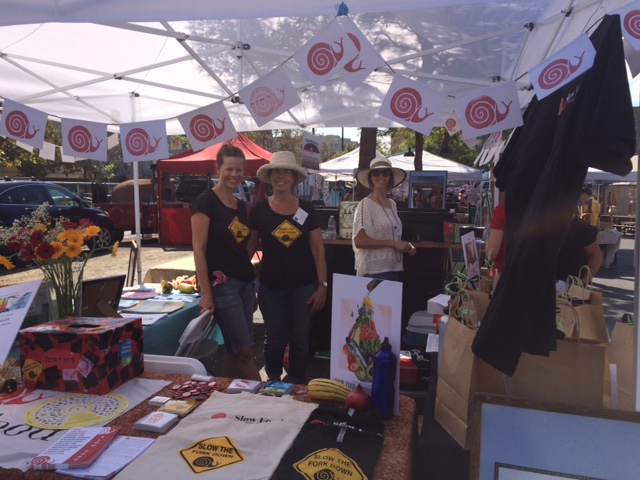
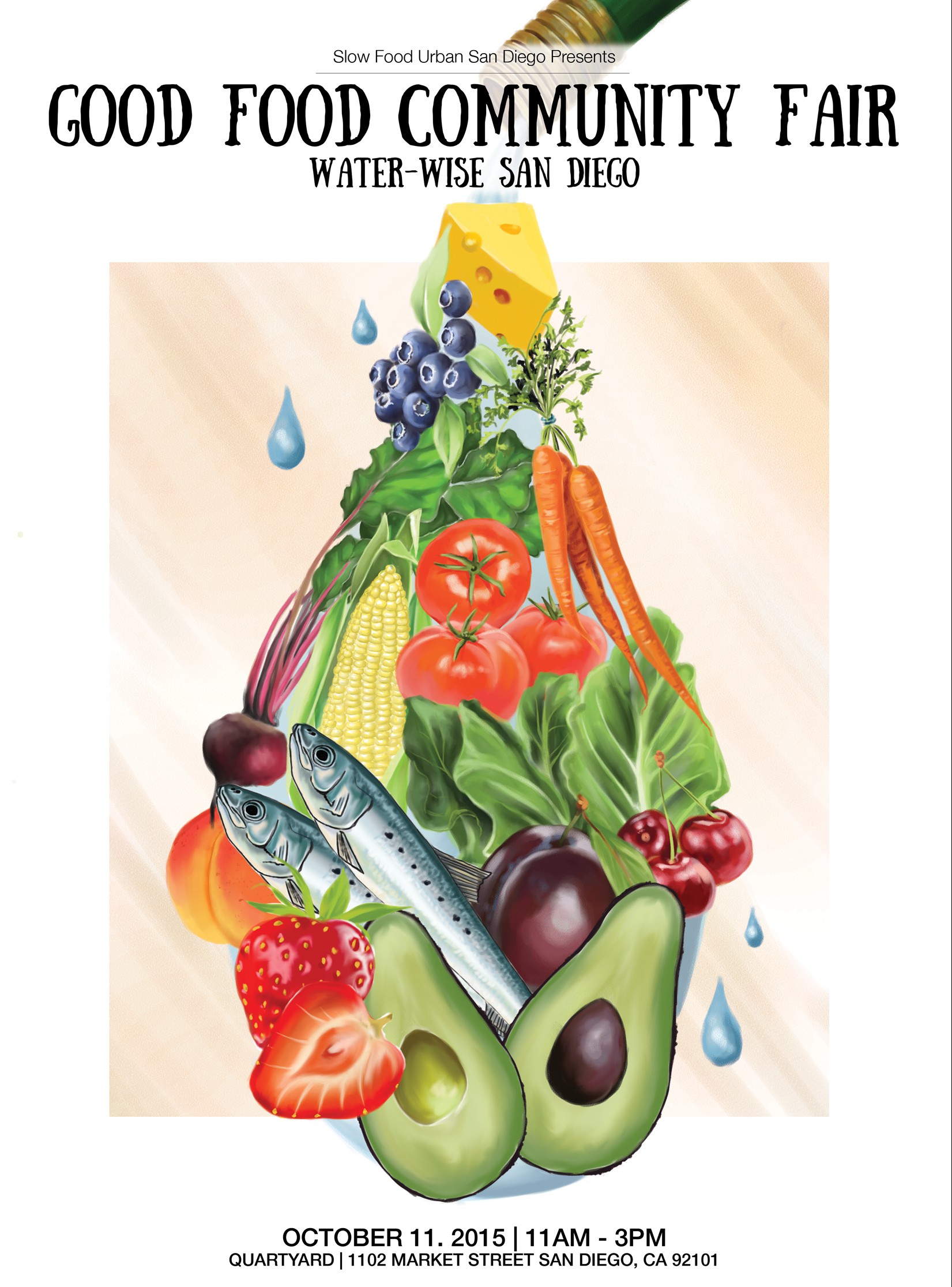




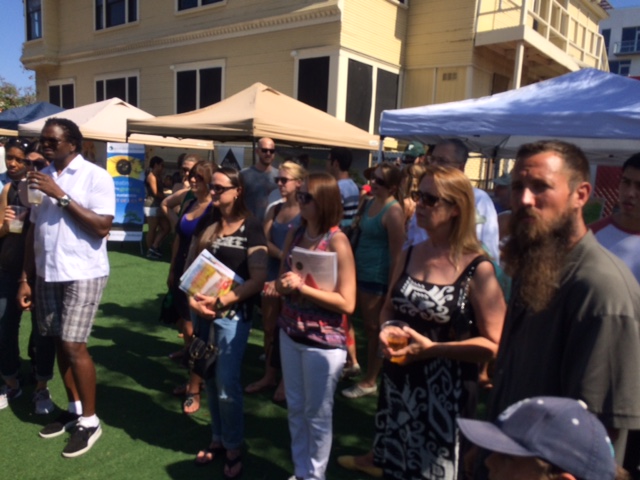




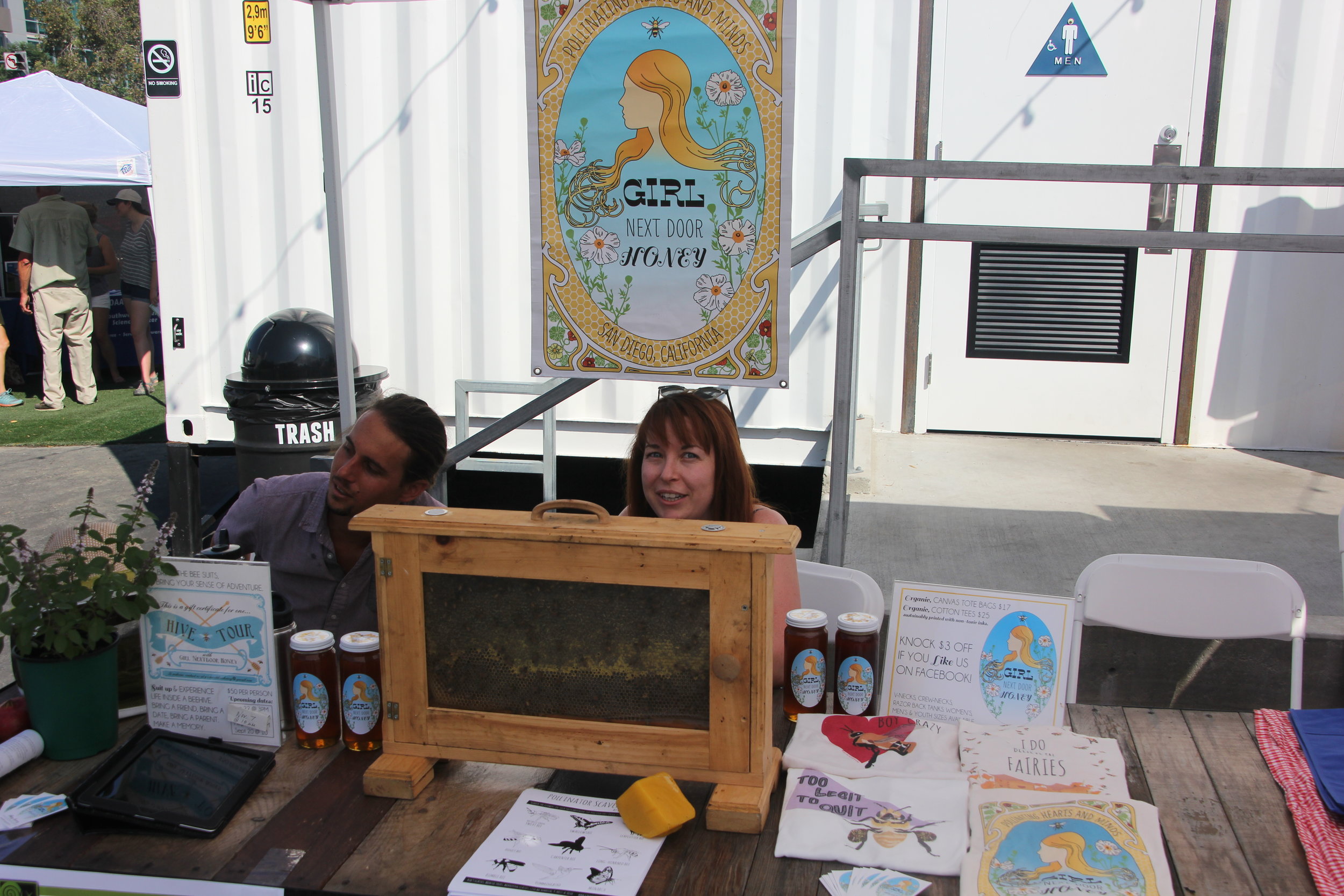
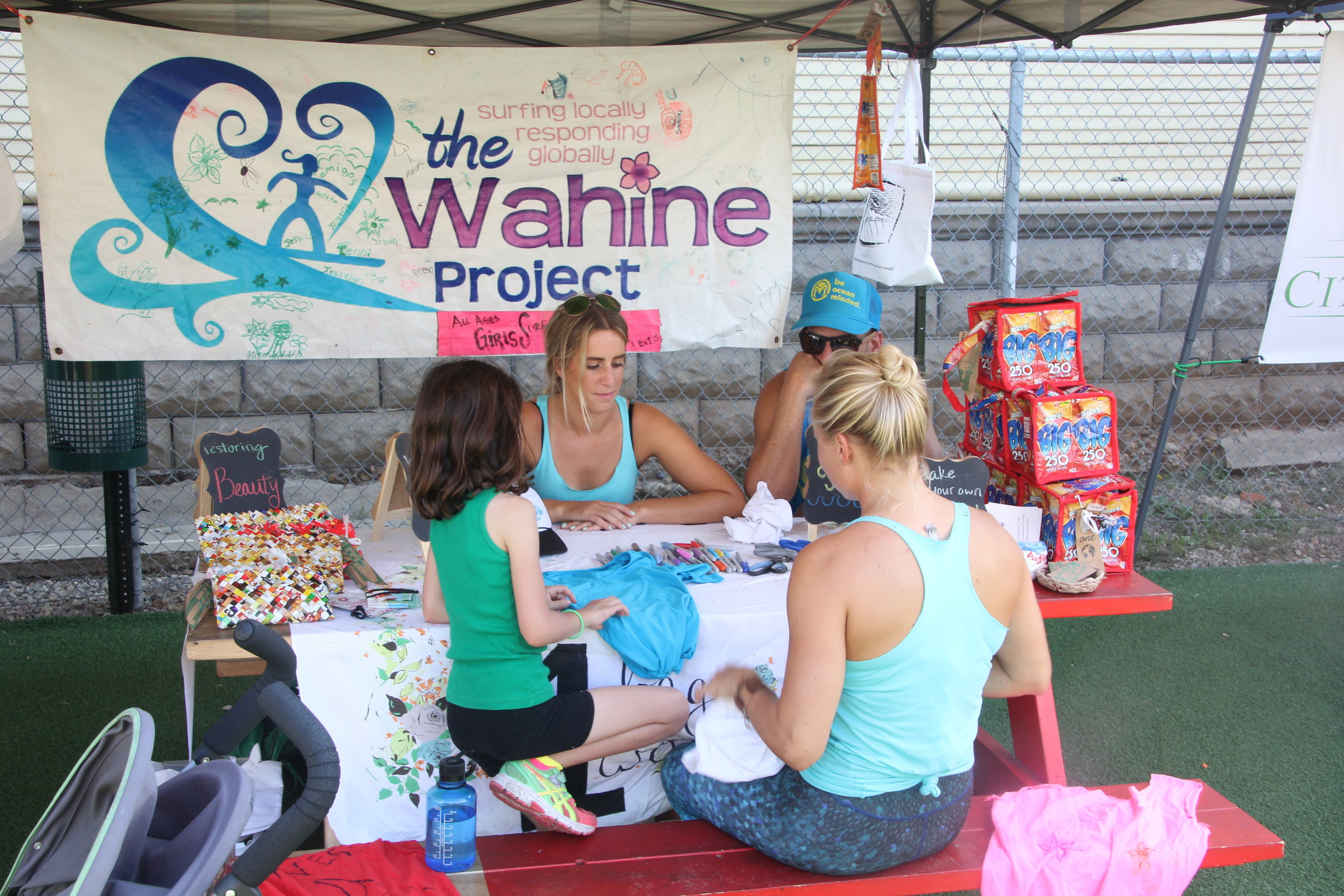
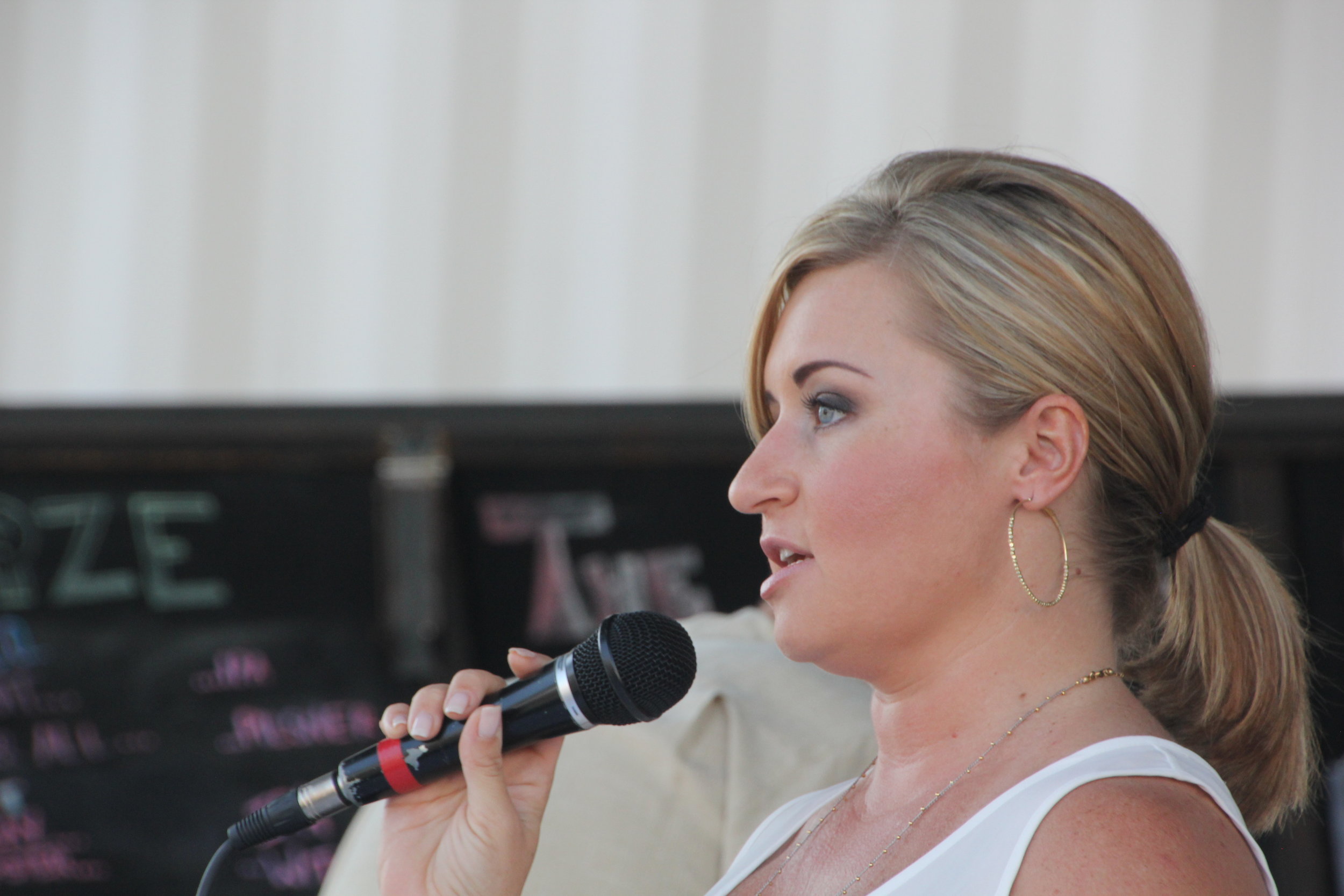











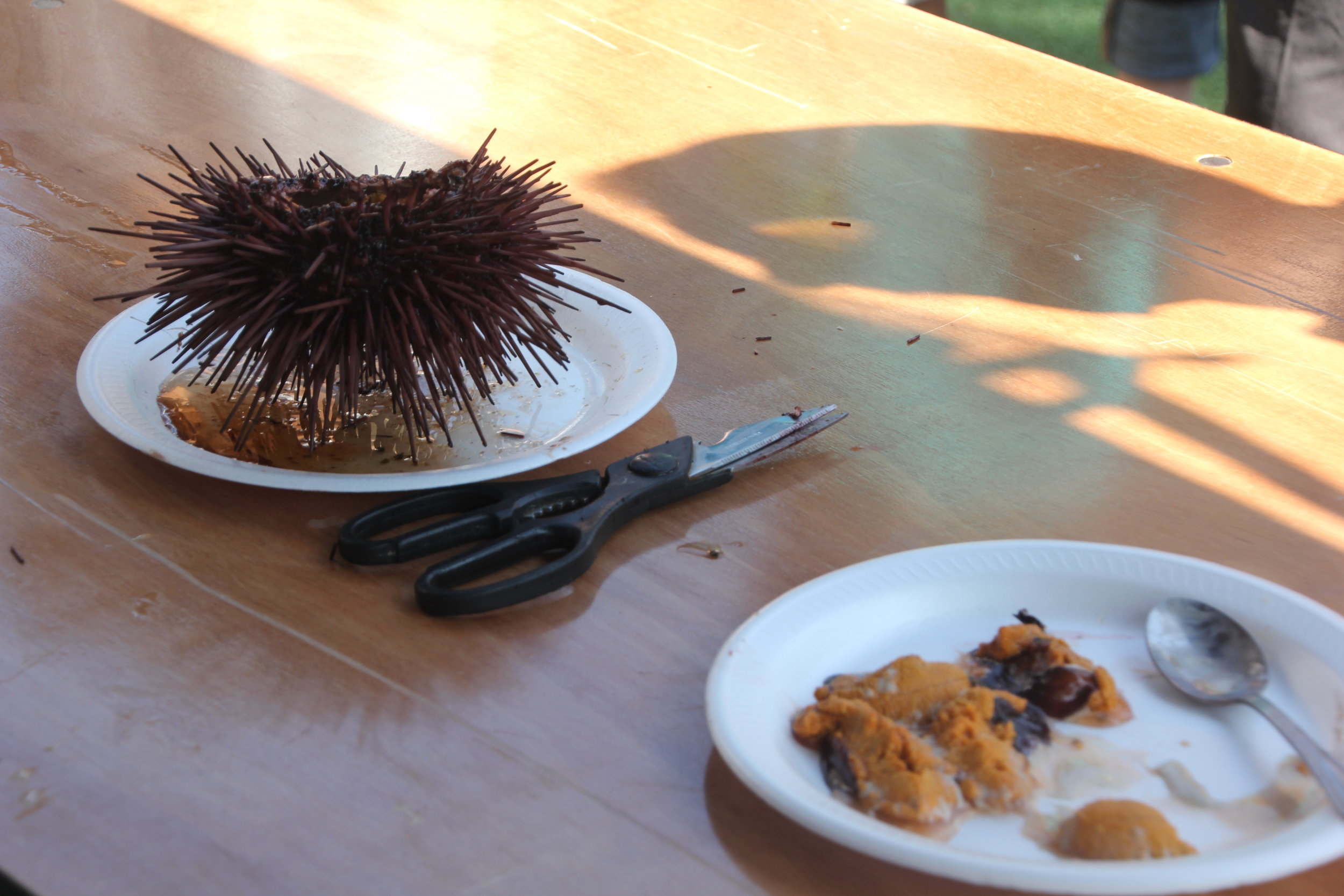





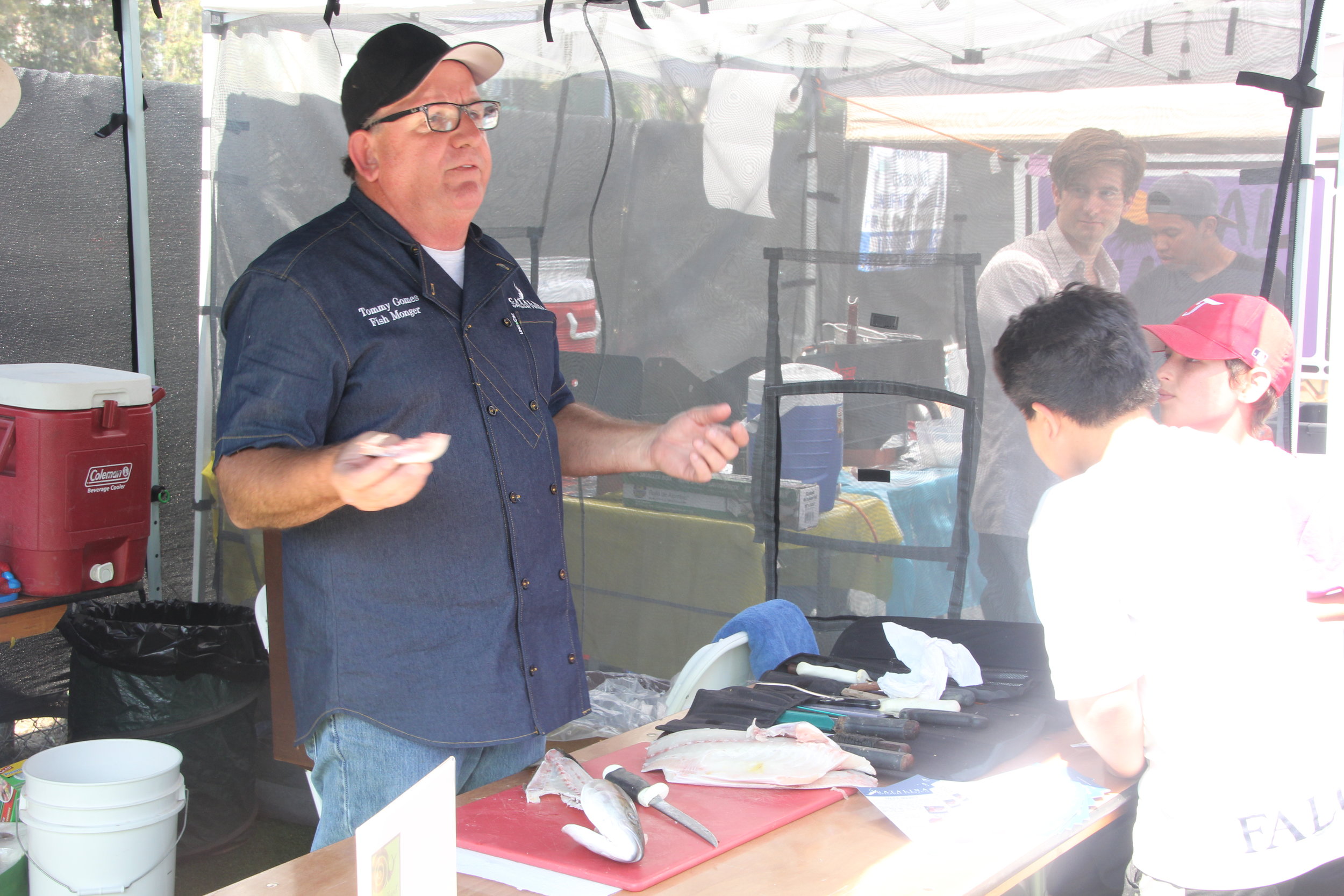



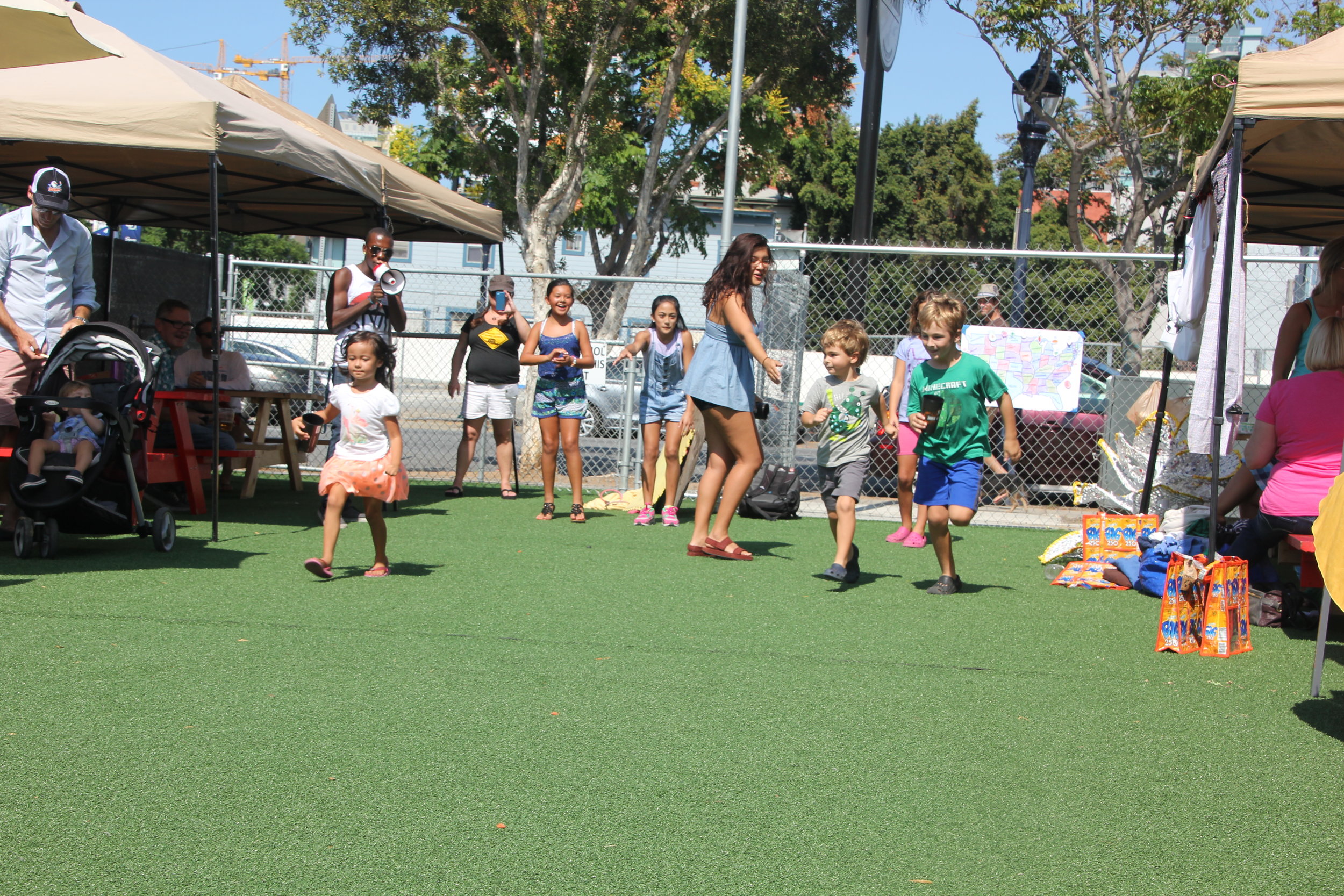
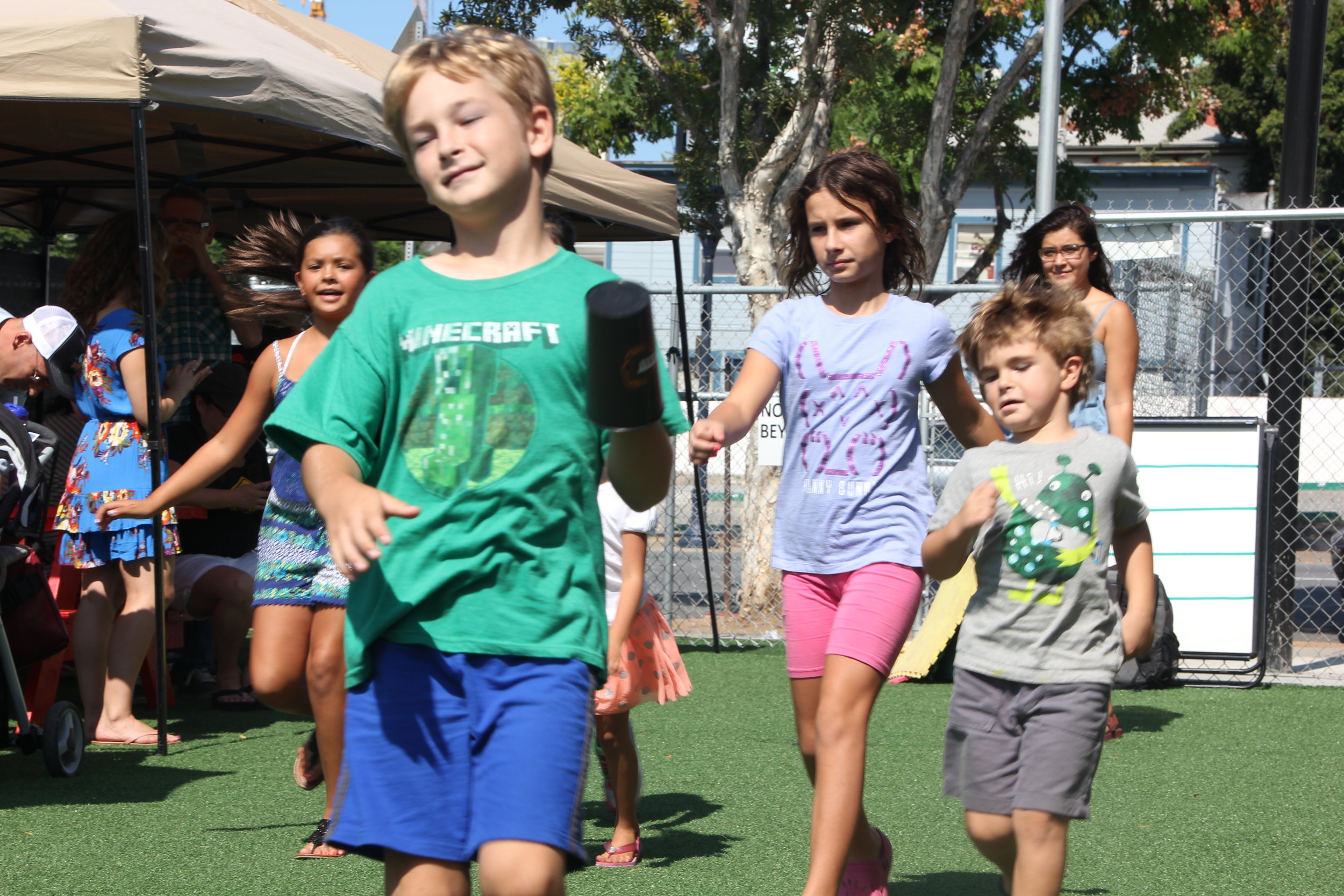

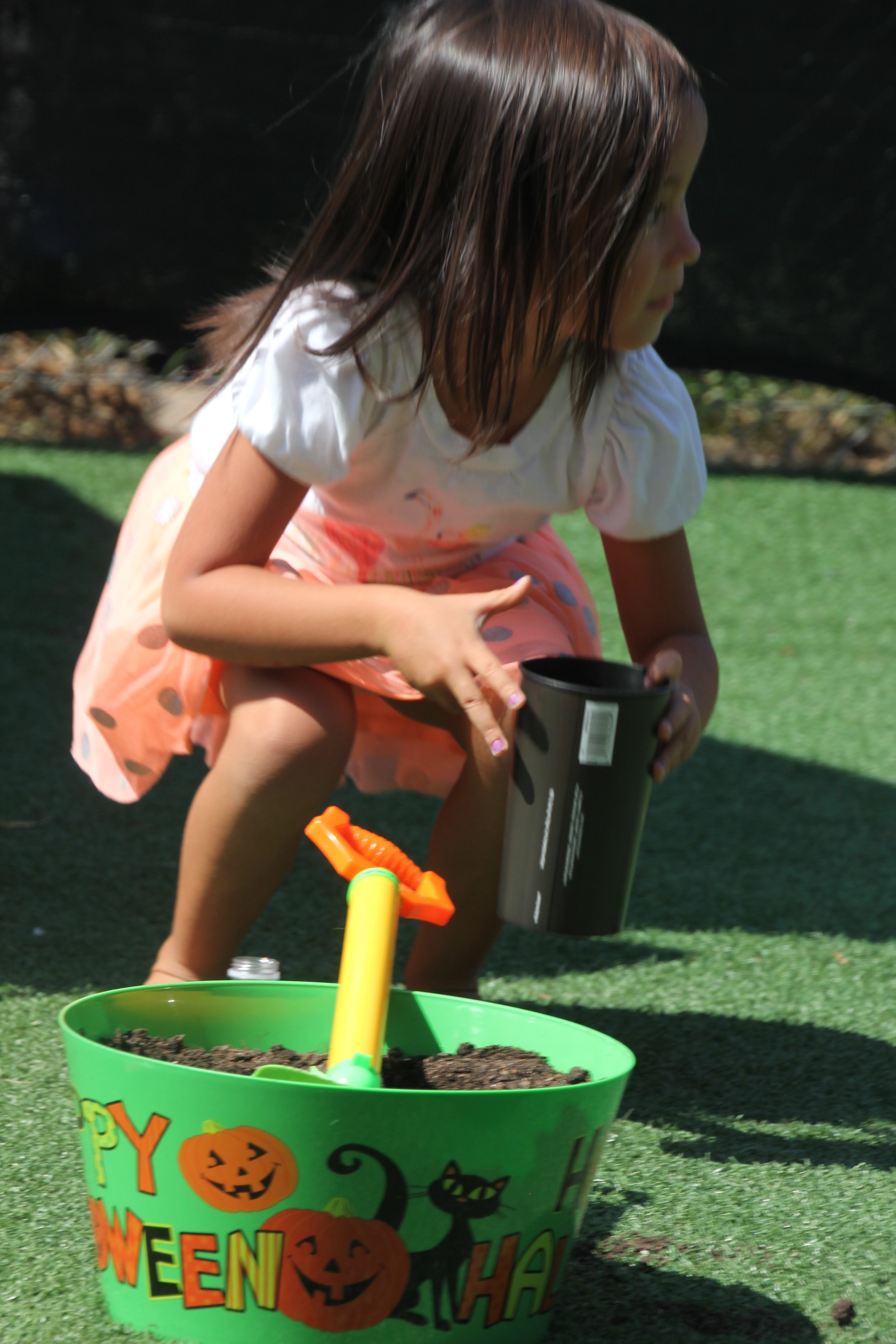
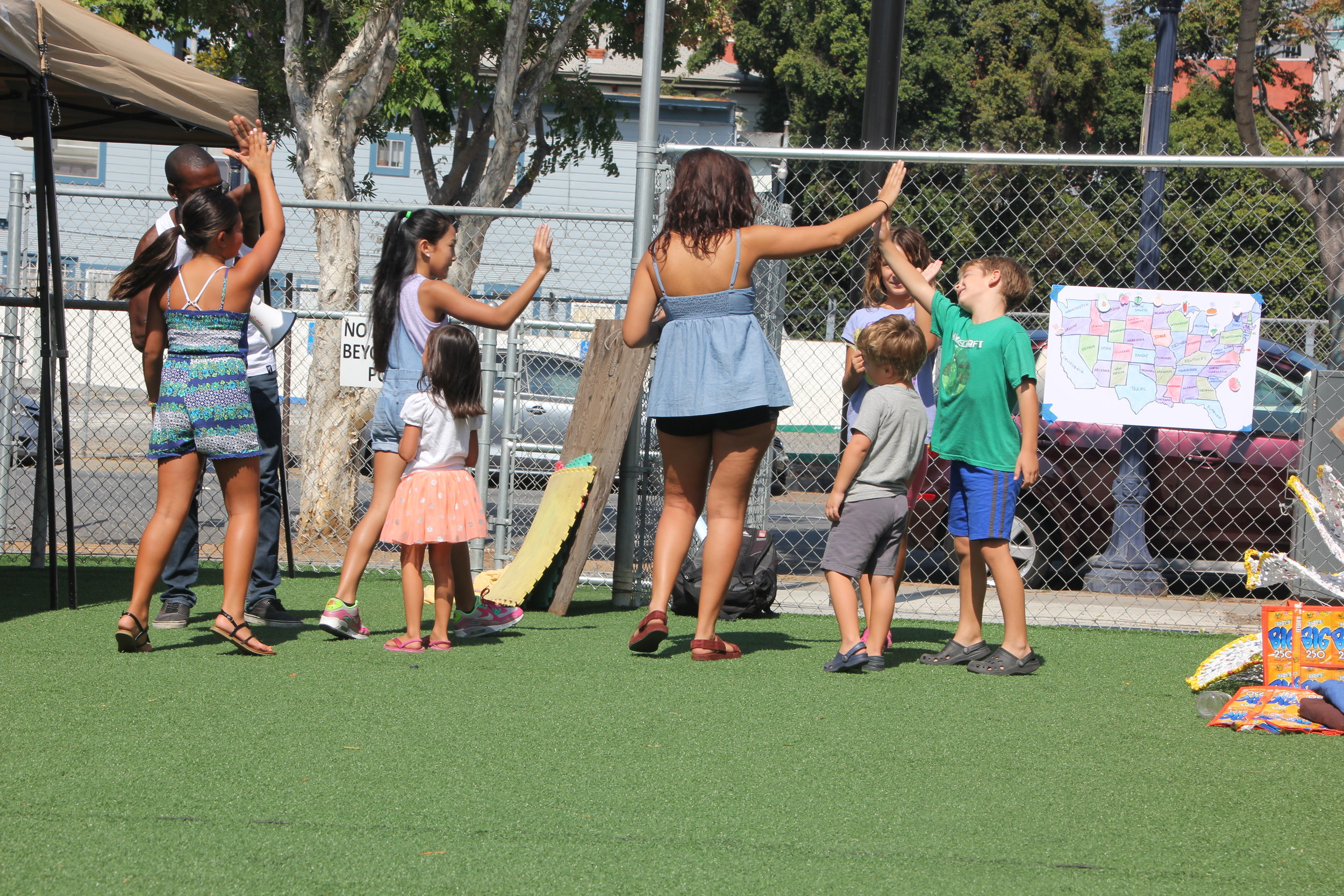









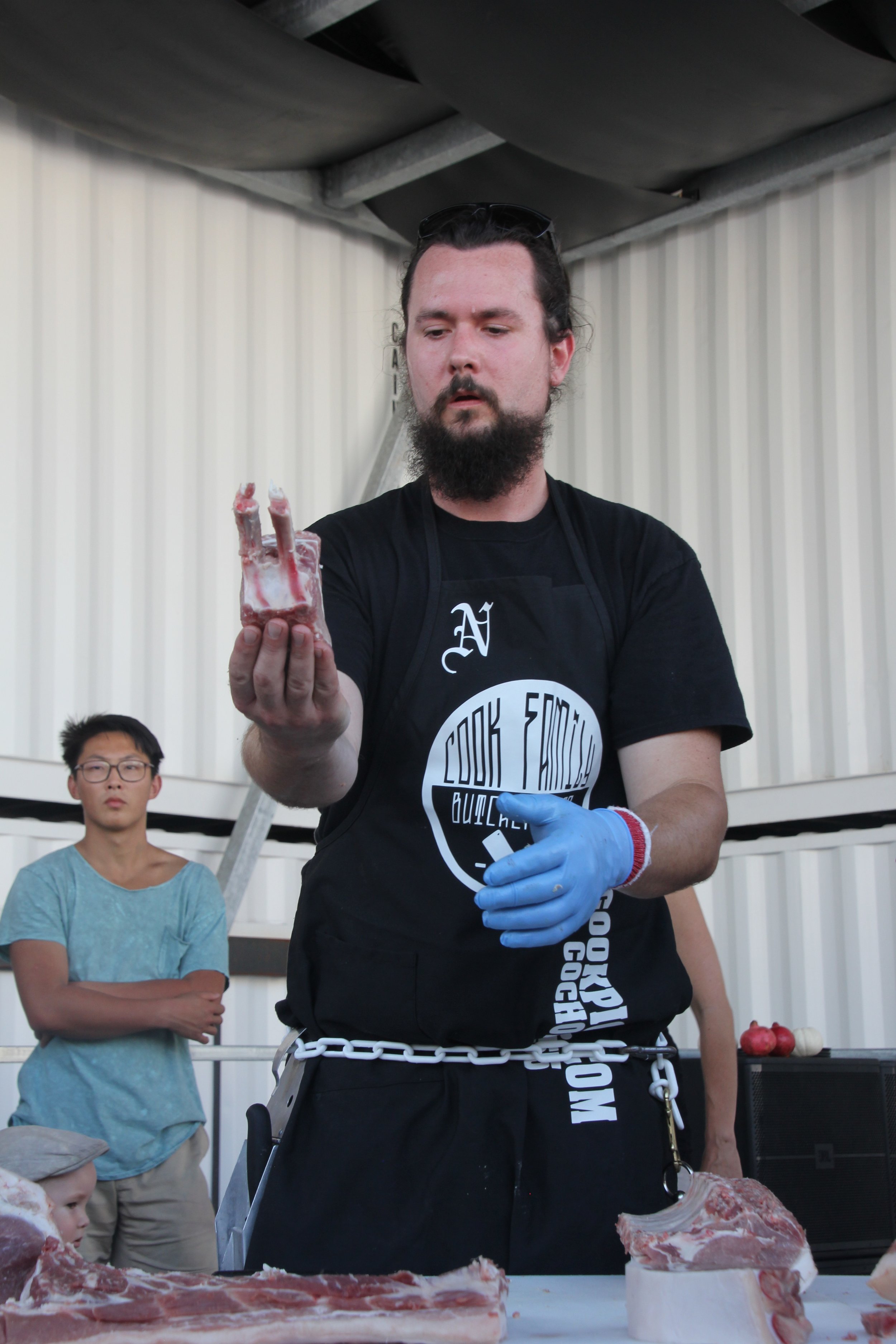






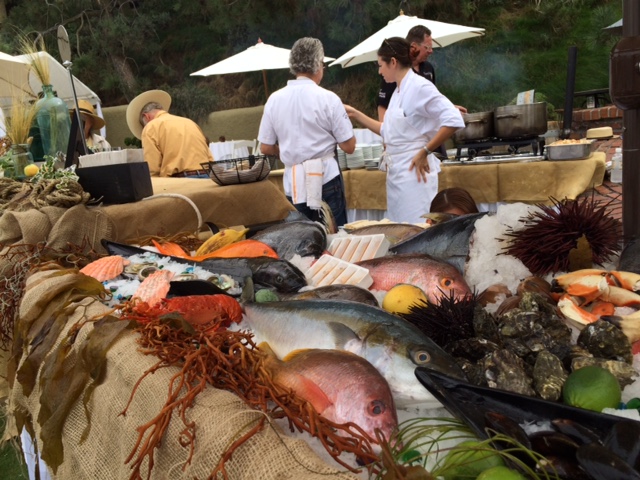


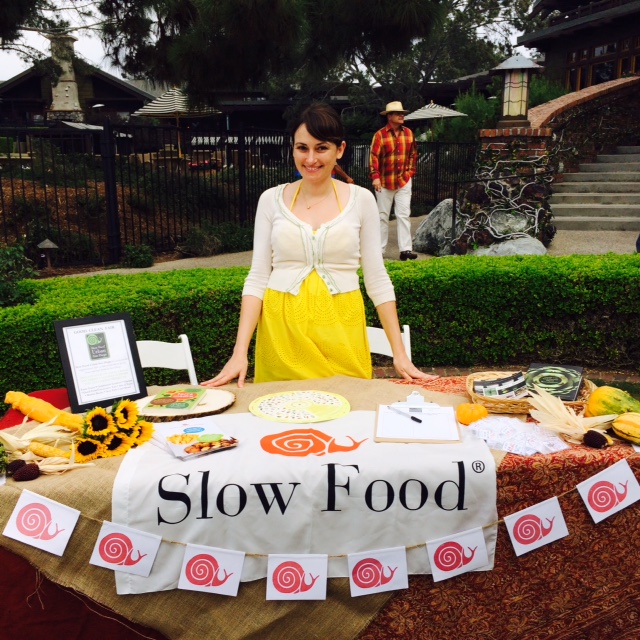

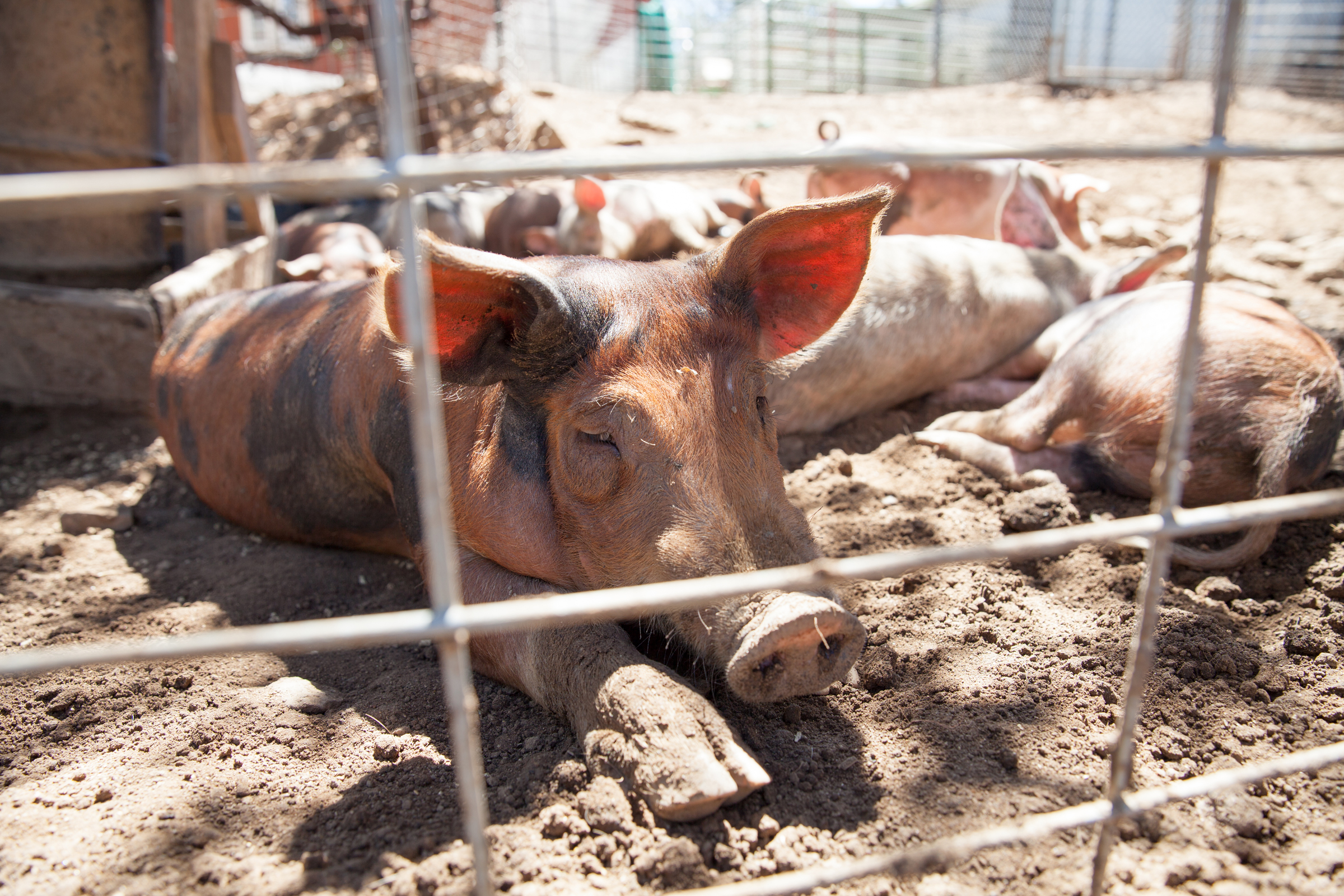
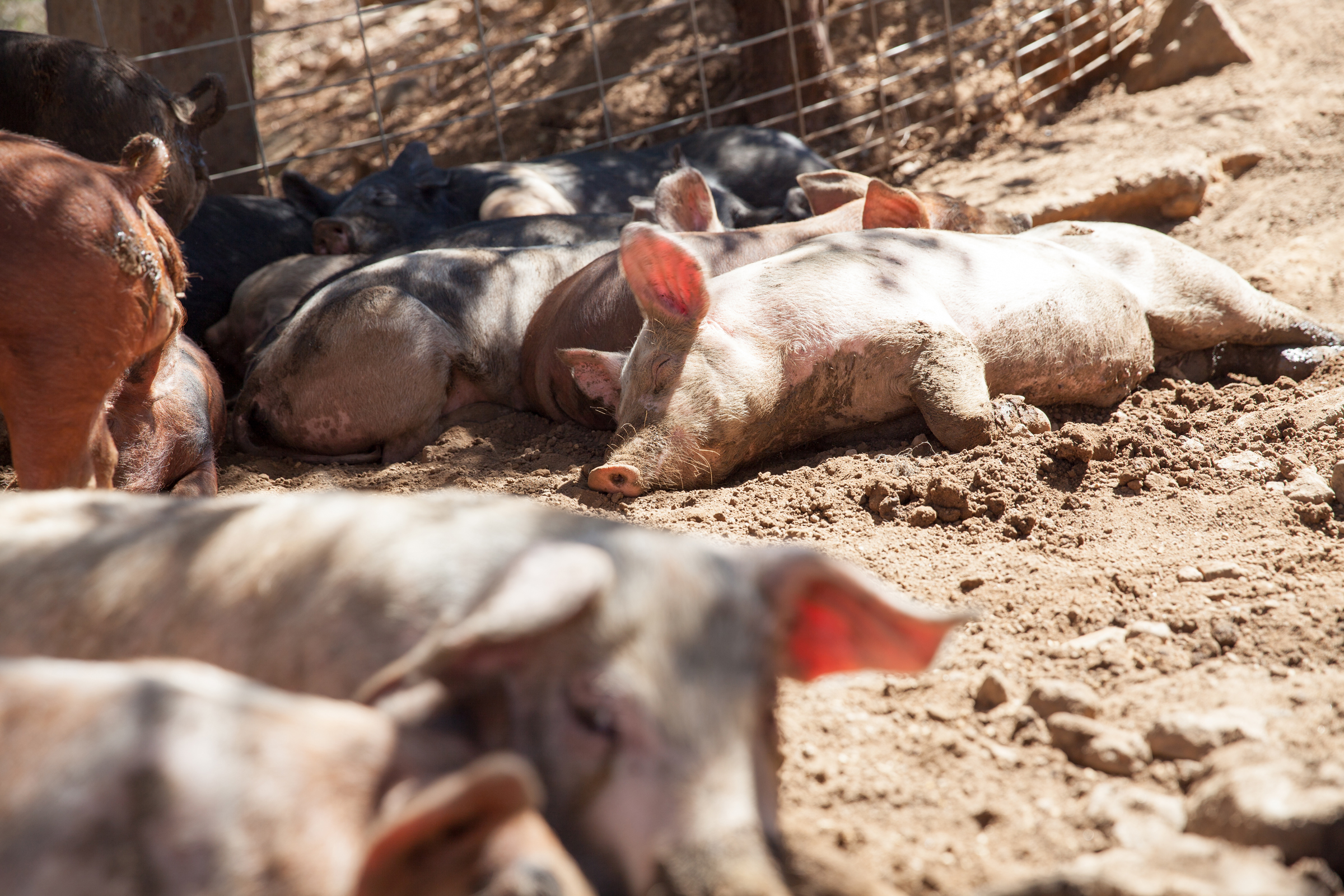
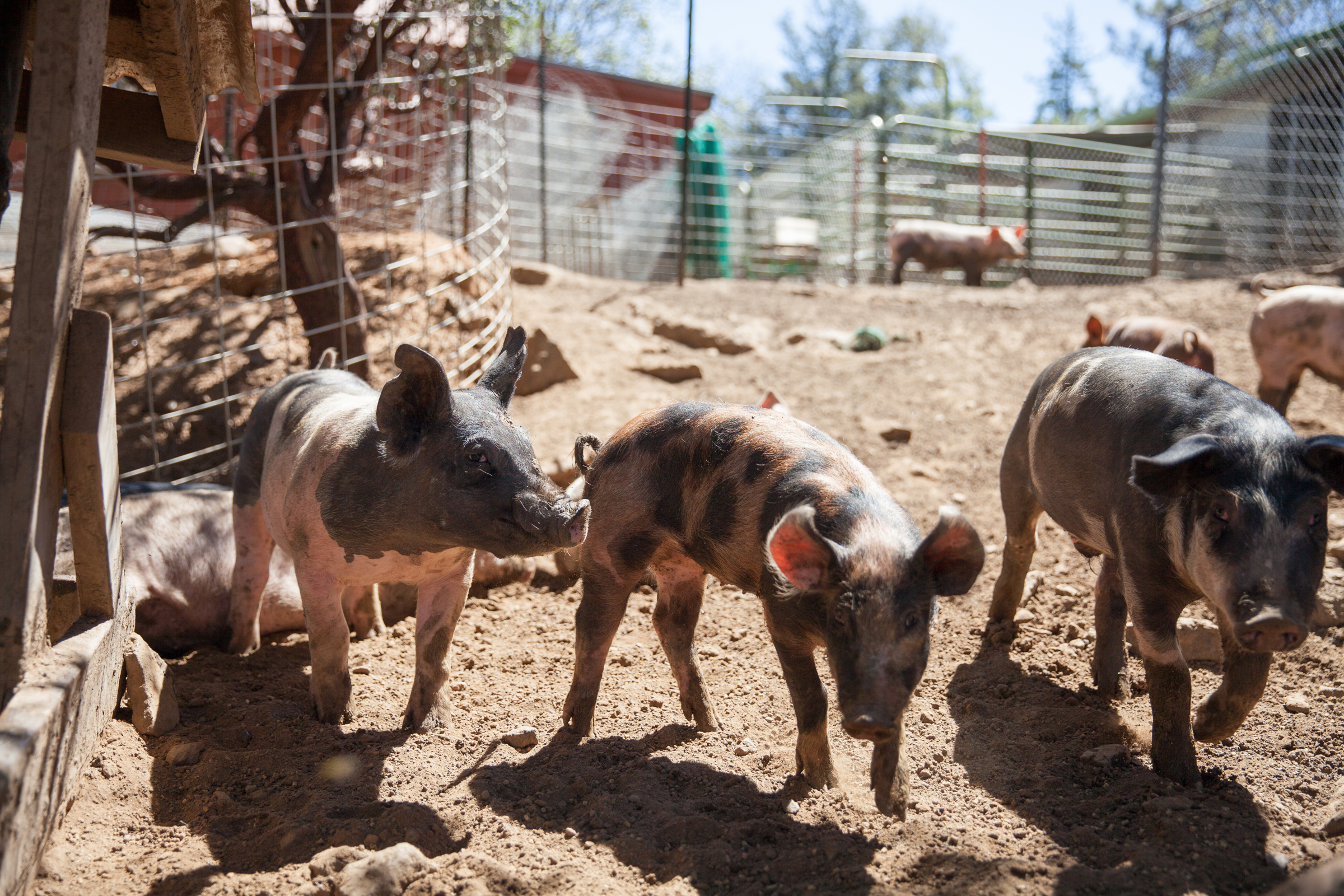
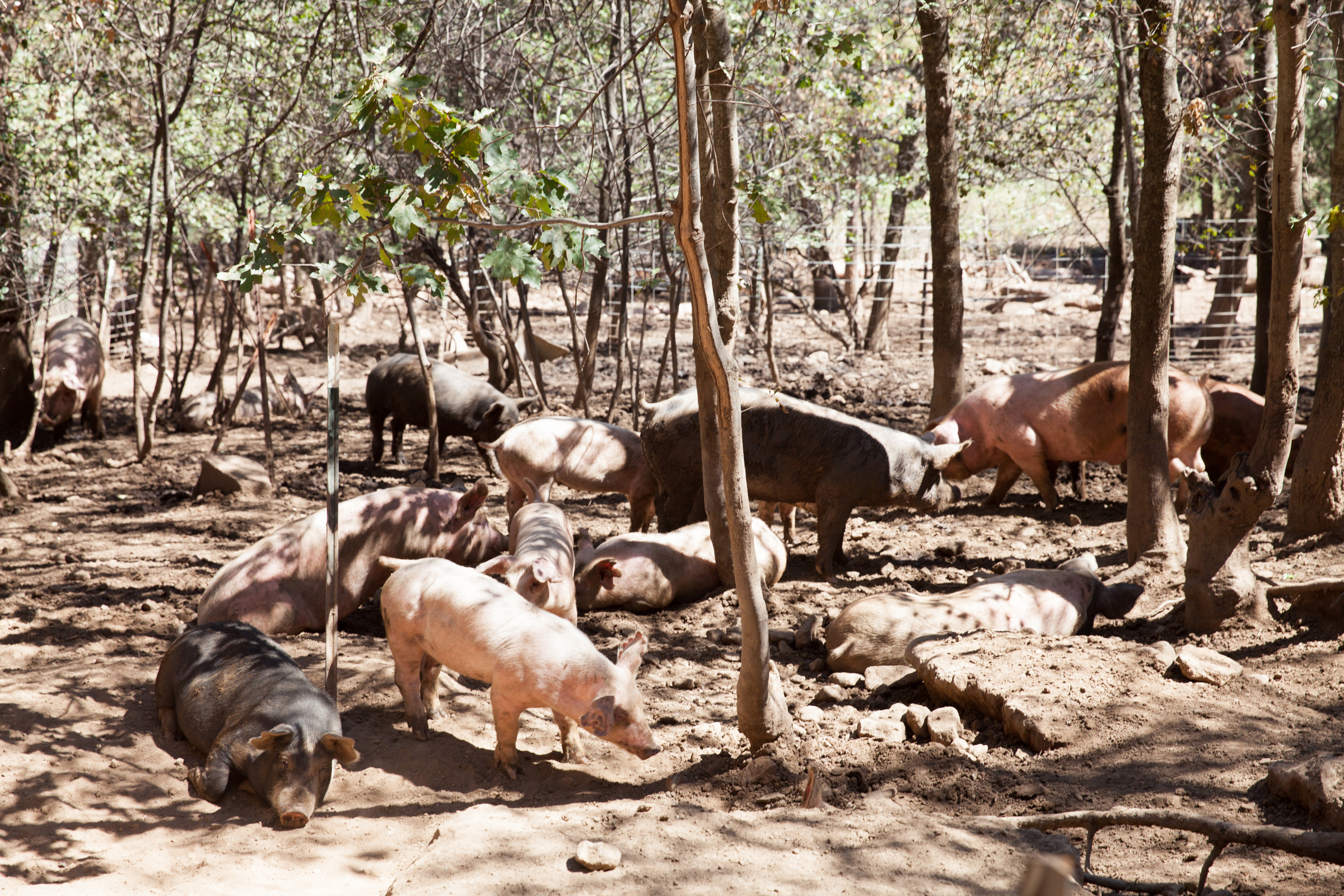
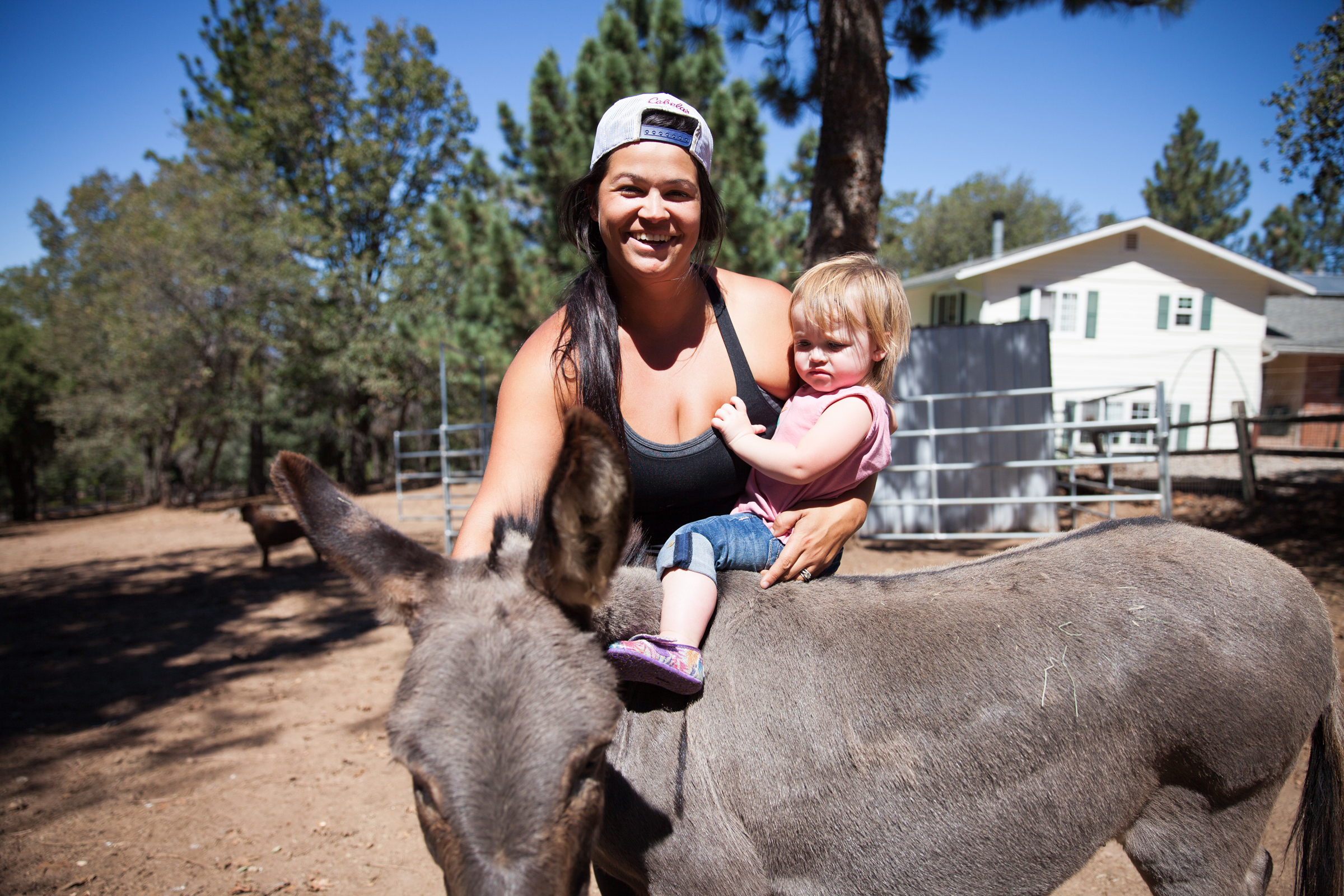
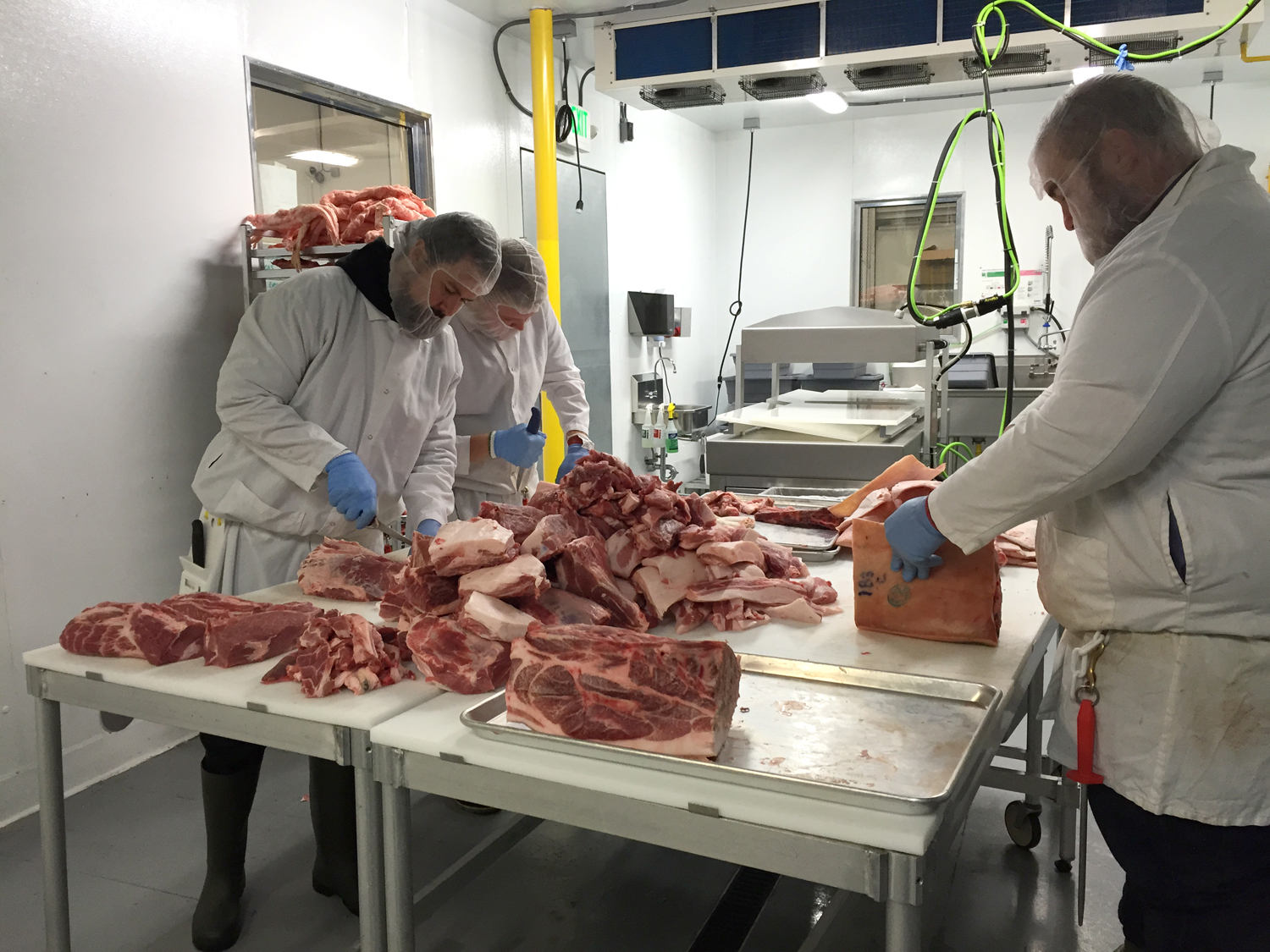
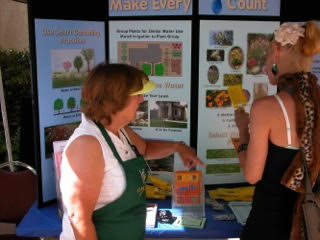 San Diego has over 300*
San Diego has over 300* 











